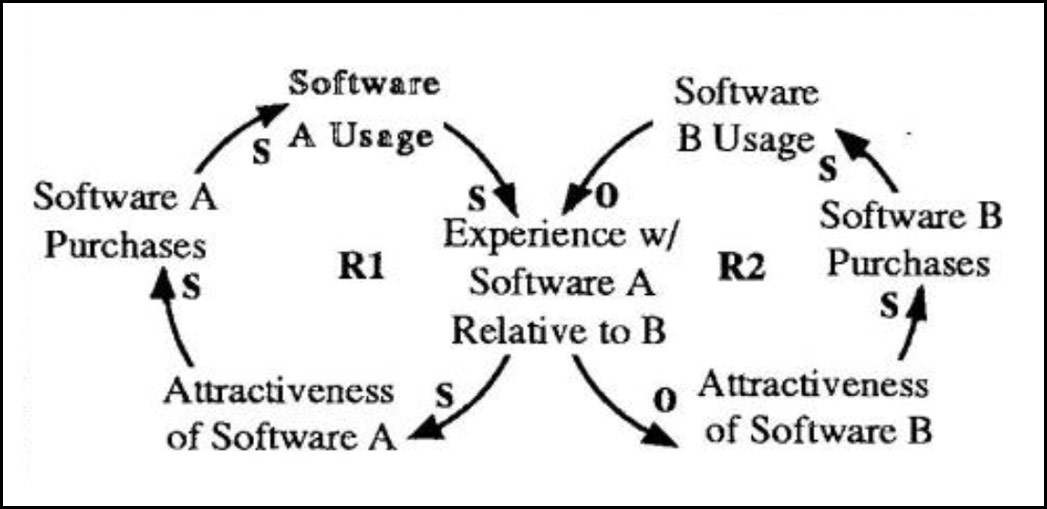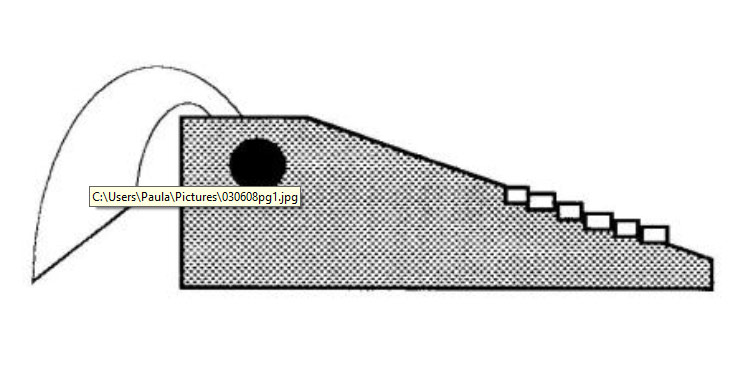Because learning new software takes so much time, software makers enjoy a great deal of brand loyalty once they win a new customer. That’s why capturing the 10 million PC users who have adopted the Windows format is a critical marketing strategy for software makers. The result a brutal price war is underway in the software industry.
According to Business Week, the risks are high, but so are the potential earnings. “For some suppliers, today’s painful cuts may eventually lead to fat profits. As customers settle in with their favorite Windows programs, software makers will collect a steady stream of upgrade fees…But before long, the old rule will set in. As more customers master these new Windows programs, it will become harder and harder for rivals to get them to switch. Regardless of the price.” (“The PC Price Wars Are Sweeping Into Software,” Business Week, July 13, 1992)
Success to the Successful in Software


Features and capabilities weigh heavily in new product purchase decisions. Over time, however, the buying decision becomes more determined by the past history of purchases. A “Success to the Successful” archetype suggests that the success of a new product in the marketplace may depend more on structural forces than the intrinsic value of a product (see “Success to the Successful: Self-fulfilling Prophecies,” Toolbox, March 1992).
Say a company purchases software A and B but begins using A right away. As the company uses software A, the employees become more experienced with it relative to package B, making software A an increasingly attractive choice. For the next purchase, it seems easier to choose software A (R1). Software B becomes less attractive, since people are less experienced with it and therefore find it more difficult to use. This leads to fewer purchases, less usage and experience, and ultimately, no more purchases (R2).
A product’s long-term attractiveness is often more the result of this familiarization structure than the merits of the product itself. For software companies, the “Success to the Successful” archetype highlights the importance of not only getting a product to market rust, but making it easy for people to start using it. An early investment in customer hand-holding and technical support may kickoff a reinforcing engine ahead of the competition. For companies who are the consumers of these software packages, the archetype points out the risk of developing competency traps—using a technology solely because it is familiar. The danger is that companies can end up investing in and developing competencies in technology that is obsolete or ill-suited to their needs. To avoid falling into such competency traps, the best advice is to continually review the appropriateness of software (and other tools and technologies) relative to the company’s needs.
